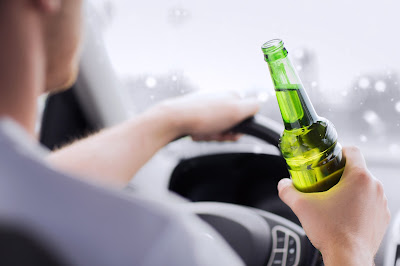Are items referred to in s.9’s as exhibits bound to be served?
Background - CPS served a witness statement on me that exhibited two BWV clips that are potentially relevant to the Crown’s case and may have some relevance to the defence case insofar as they are likely to show the lighting and weather at the time events happened. Somebody has listed the clips as unused material rather than putting them in the exhibits folder that accompanies the served evidence. This raised an interesting (to me anyway) question about whether a party who exhibits an item in a statement is bound to serve it on their opponent.
At court the judge took the view that the Crown were at liberty to classify items exhibited in s9s as unused material if they chose not to rely upon them in evidence. I took the view that if they are exhibited then they must be served along with the witness statement that exhibits the item and that the solution to a situation where the Crown say they are now unused is to edit the witness statement to remove the reference, by agreement with the defence, or not rely upon the witness statement and transfer the statement and exhibit into unused.
I asked for opinions on Twitter and received a range of opinions from KCs, solicitors, and police officers – all of whom deal with these questions on a regular basis. It was clear that there was little agreement, so I decided to investigate the question properly (since there was nothing on TV).
There are two relevant pieces of law: Criminal Justice Act 1967, and Re Hinchliffe, A Person of Unsound Mind, Deceased [1895] 1 Ch. 117. There is also a relevant guidance document: Disclosure Manual: Annex A - Examples of Unused Material.
In Re Hinchliffe, Emma Hinchliffe had been declared a lunatic and was under the care of her elder sister, who was declared her “committee”. There was another sister who the judgment helpfully differentiates from the first two by referring to her as the sane sister. As the three were unmarried women and this was the Victorian era, “a certain person” was declared their trustee; however, the committee sister and the sane sister believed he had abused his trusteeship to steal funds. The sued him and had the court join the lunatic sister to the action as co-plaintiff. The lunatic Hinchliffe subsequently died and the executor of her will (we are helpfully informed it was made while she was sane) was joined as co-plaintiff in her place. The issue for us arose because the committee sister made and filed an affidavit that, “annexed hereto and marked with the letters C and D respectively” two letters. Upon the joining of the executor, the committee sister declined to disclose the letters marked C and D to him.
Lord Herschell, LC., held that the committee sister had chosen to bring the documents before the court by exhibiting them as part of her affidavit. “I cannot, in the absence of authority, see any ground on which the lunatic, if she had become sane, or her executor if she were dead, could be refused inspection of these documents. They form as much part of the affidavit as if they had been actually annexed to and filed with it. For these reasons I think it is impossible to hold that the committee is entitled to refuse to the executor inspection of these documents.” (My emphasis).
Lord Justice Smith concurred saying, “When a person makes an affidavit, and states therein that he refers to a document marked with the letter A, the effect is just the same as if he had copied it out in the affidavit. It is only made an exhibit to save expense. Therefore, any person who is entitled to see the affidavit is equally entitled to see the document referred to therein.”
Although this case is somewhat ancient and sounds as if it belongs in the pages of a Jane Austen novel, the theme is returned to in the stuffy Parliamentary language of section 9 of the CJA 1967. You will recall that section 9 permits a party to adduce into evidence a witness statement in certain circumstance and subsection (7) tells us that “Any document or object referred to as an exhibit and identified in a written statement tendered in evidence under this section shall be treated as if it had been produced as an exhibit and identified in court by the maker of the statement.” To my mind that can only mean that Parliament intended the same effect as Their Lordships in Re Hinchliffe, namely that an exhibit forms a part of the witness statement as if it had been copied out into the statement itself.
Finally, there is the Disclosure Manual - Annex D, which gives examples of unused material and specifically lists only “exhibits not referred to in statements” thus differentiating their position from that of items referred to as exhibits in witness statements.
For the reasons given above, I believe that any item exhibited in a witness statement forms part of that statement and falls to be disclosed if the evidence is served as used material, or if the unused statement is served as part of secondary disclosure.


Comments
Post a Comment